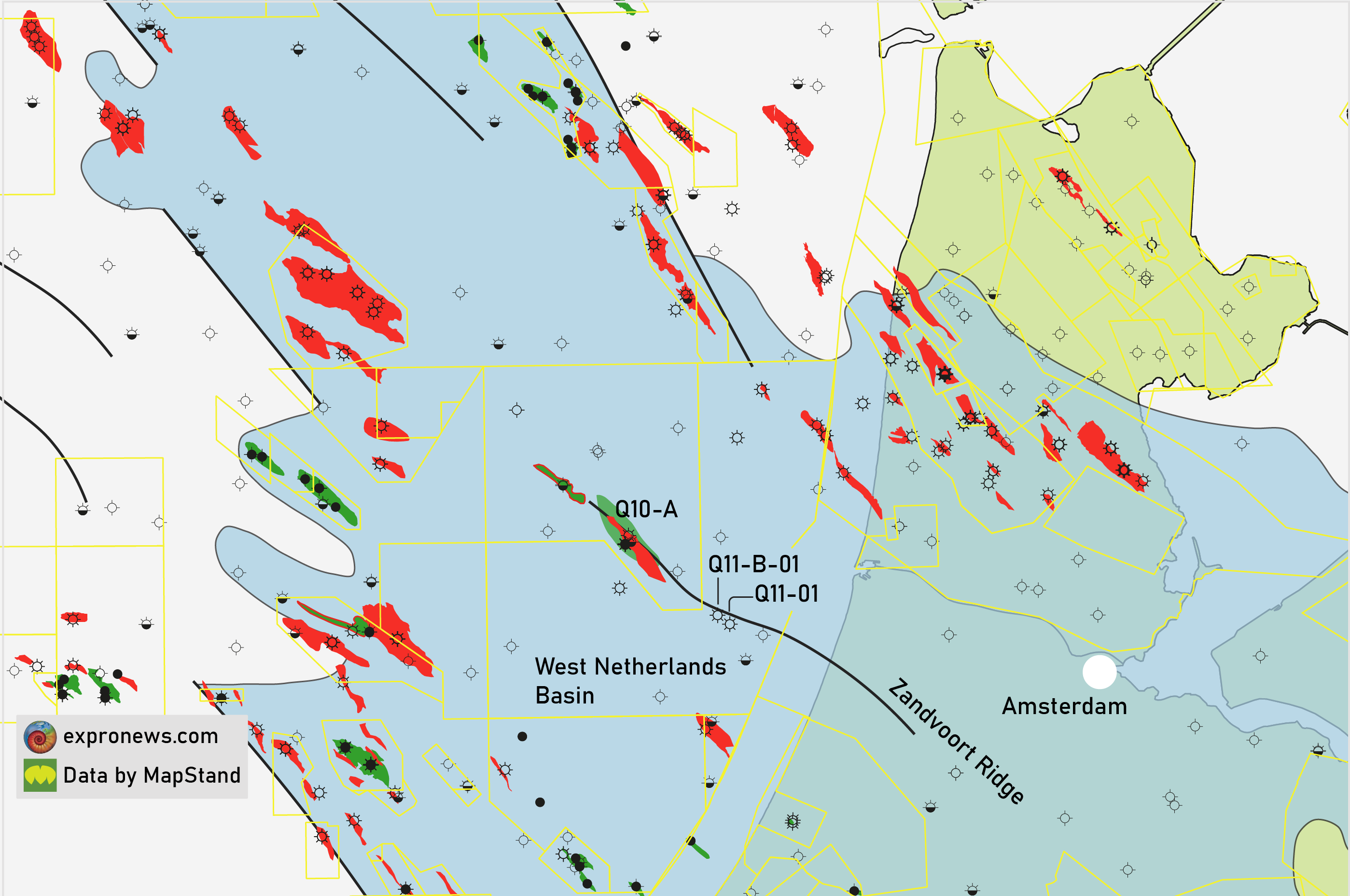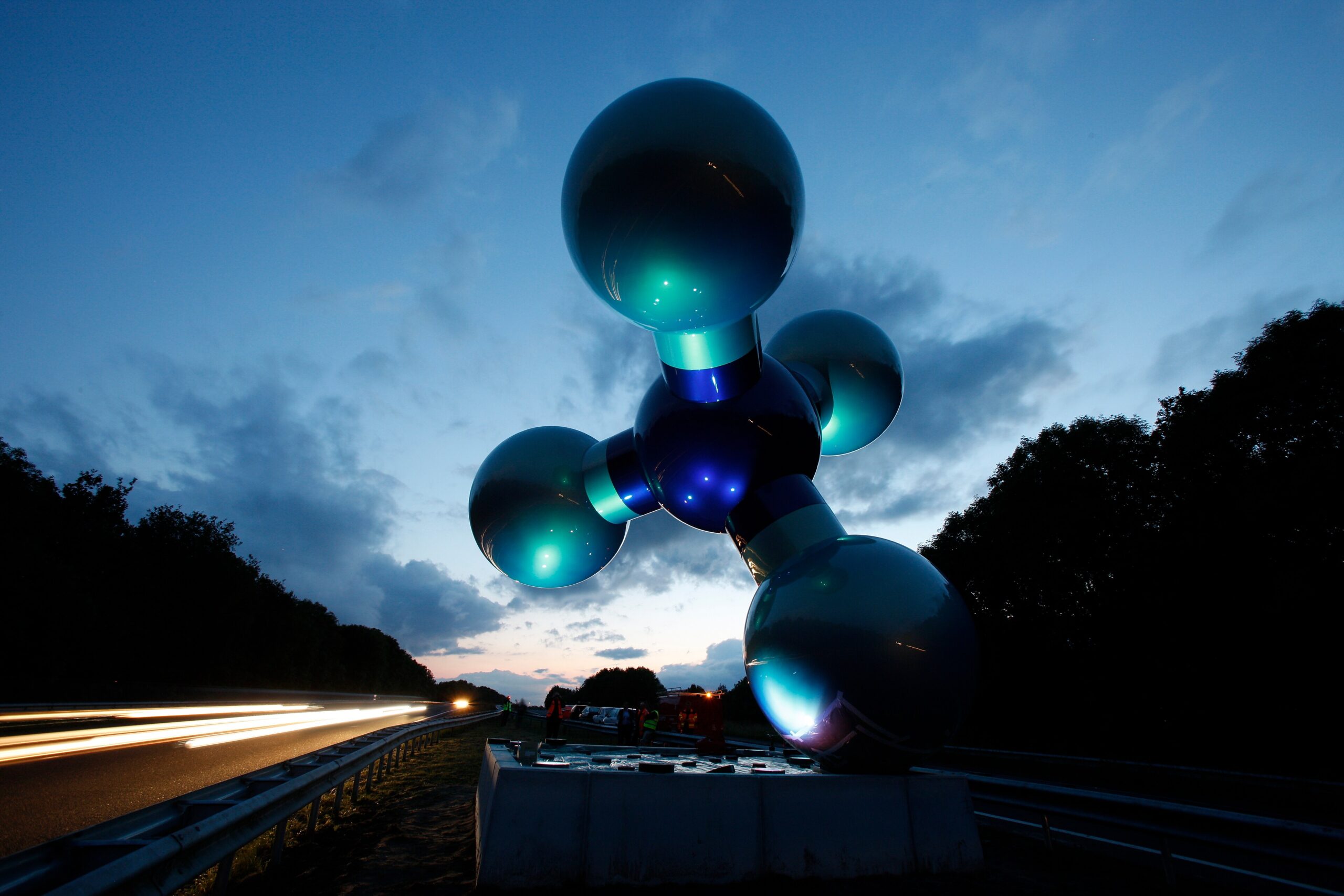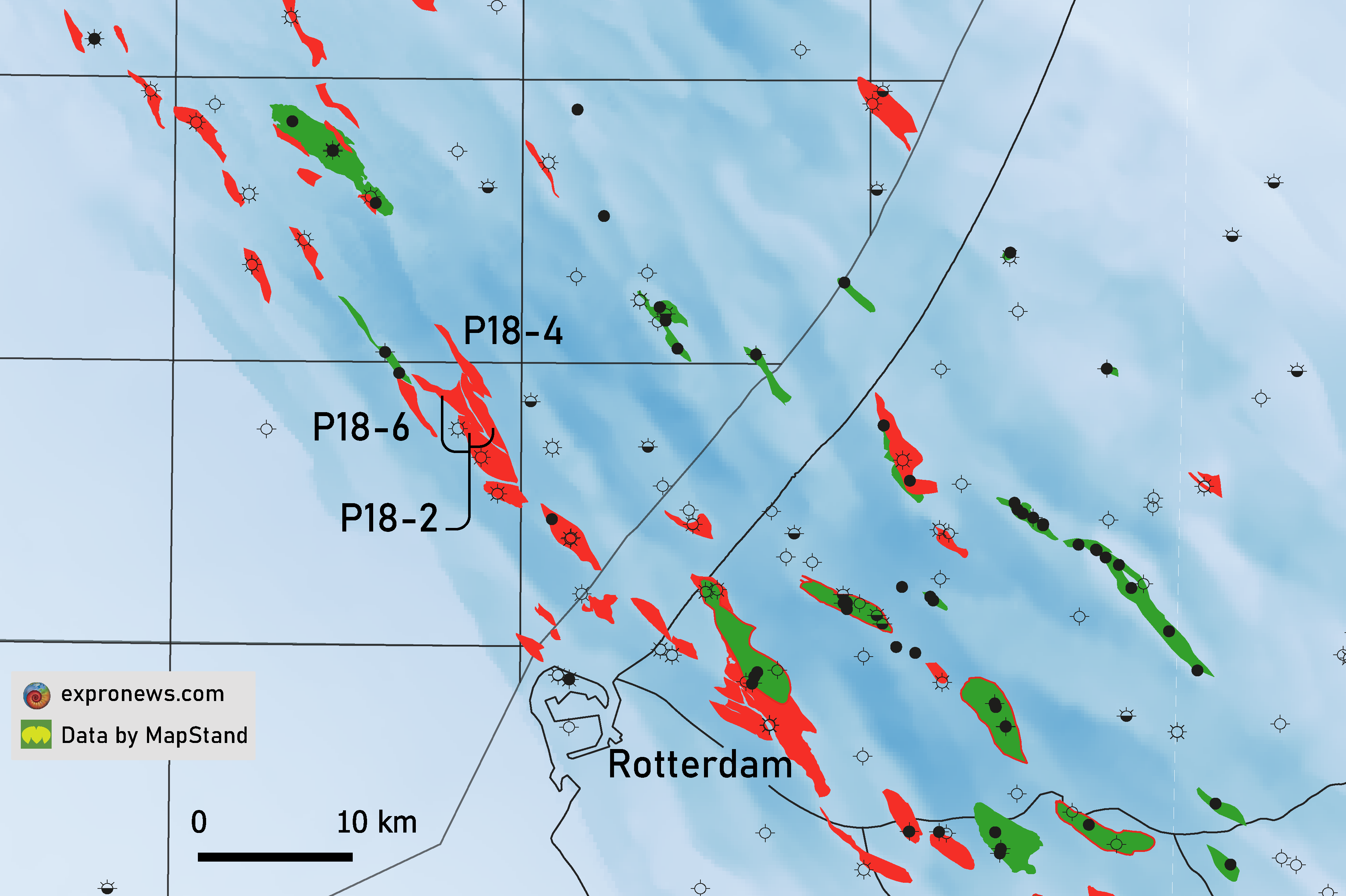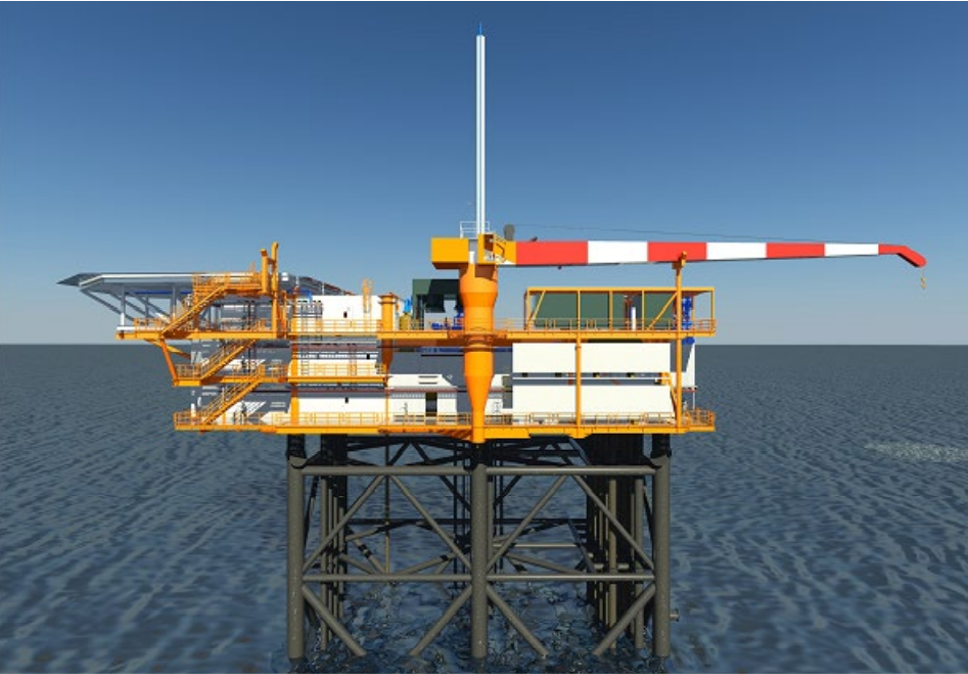Kistos has shown to be an active player on the Dutch Continental Shelf thus far. Last year, it further appraised and developed the Q10-A field, whereby the Cretaceous oil accumulation now named Q10-Orion was tested above the already producing gas reservoirs (Triassic and Permian) of the field.
And earlier this month, the company finished operations on the Q11-B-01 well a little further to the southeast. This well, which was classified as an exploration well by TNO but also had an appraisal element to it, tested the hydrocarbon potential of the Triassic Bunter, Zechstein and Slochteren (Rotliegend) formations.
The 1969 discovery well (Q11-01) had already proven gas in the first two reservoirs according to a cross-section published by Kistos, hence the appraisal element of the Q11-B-01 hole. However, the Slochteren had not been tested before and hence the exploration element to the well.

In an operational update published a few weeks ago, Kistos announced that the Slochteren reservoir turned out water-wet. However, the shallower two intervals were tested at 1,700 boe/d. According to an industry expert, it is likely that the well was stimulated, given that Schlumberger’s Big Orange XVIII vessel visited the drilling rig a few times.
When looking at a pre-drill cross-section through the Q11 discovery (see above) and plotting a new contact for the two Permian reservoirs post-drill, it looks as if the pre-drill volume of the Zechstein will need to be revised downwards quite significantly in order for the new contact to ensure that the Rotliegend is water-wet. In the announcement, the company did not mention volumes but said that further evaluation is required. Pre-drill volumes were estimated to be between 1.9 and 4.4 Bcm.
Both the Q10 and Q11 fields are not in the most straightforward geological setting. As the map above shows, the fields line up with what is called the offshore extension of the Zandvoort Ridge, along which reverse fault movement took place as a response to Alpine compressional stresses in the Cenozoic. The cross-section presented by Kistos does not show reverse faults, but a cross-section drawn shortly after drilling the 1969 well does.
HENK KOMBRINK





